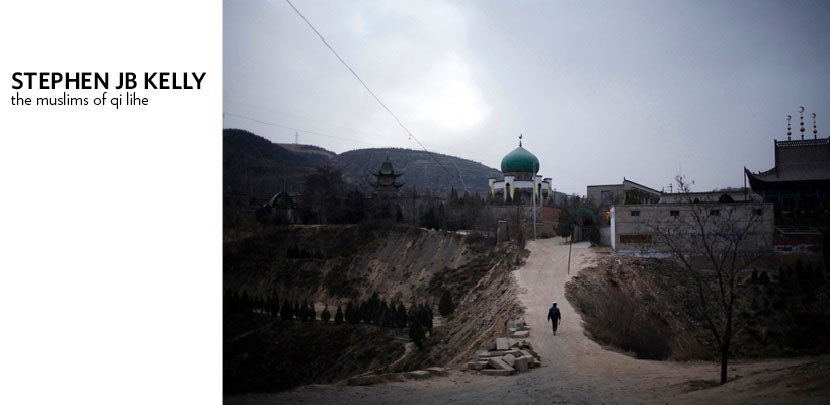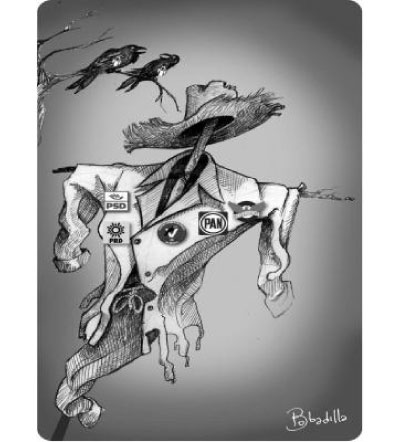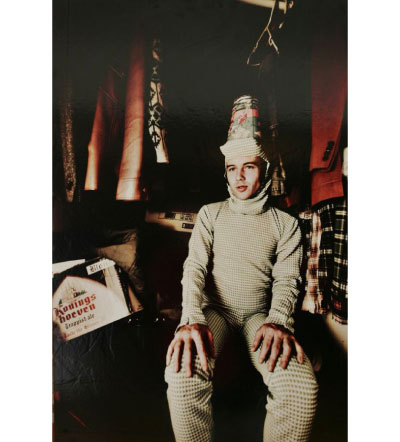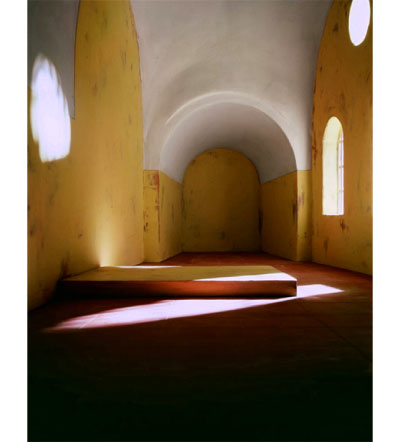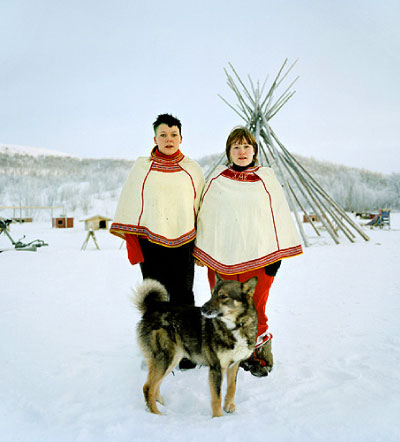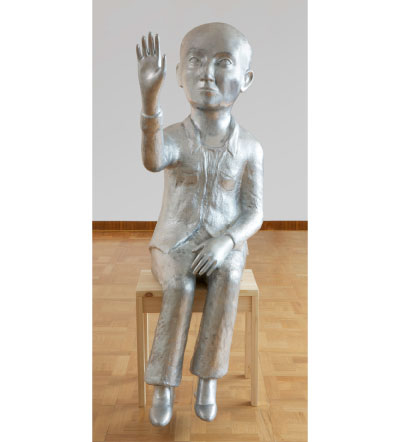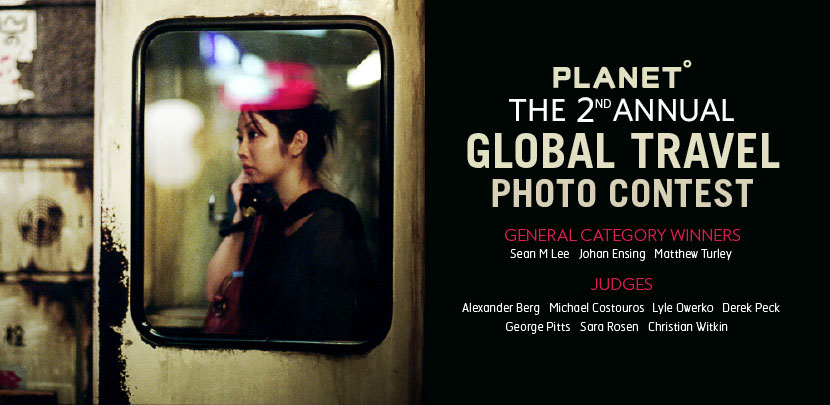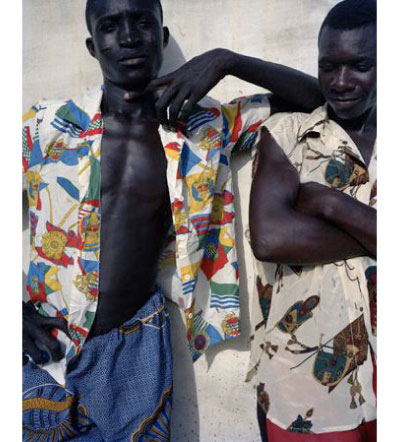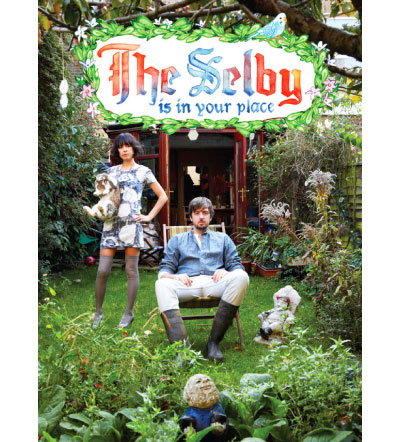
All photographs © Todd Selby, from The Selby is In Your Place by Abrams.
TheSelby.com has been a must-visit since its launch in 2008. Followers the world over click on regularly to see which artists, designers, performers, and style-makers have been most recently anointed, pictured in their living and working spaces by New York based photographer Todd Selby. Now Selby has compiled some of his best photo essays, along with the watercolor illustrations and hand-written questionnaires that accompany them, in one volume, The Selby is In Your Place.
Since the website’s launch he’s been inundated by requests from viewers to visit them and photograph their homes. In an email conversation, Selby explained that he typically finds new subjects through recommendations from friends. In addition, he does extensive research before visiting artists’ homes to ensure that their decorative sensibility will suit his own, which clearly tends toward excess. As he states: “Minimalism is boring. Maximalism is exciting.”
Selby’s photographs have tapped into a brand of interior design that has long been associated with artistic and bohemian living, one in which the home becomes a backdrop for a dense, eccentric, artfully curated display of personal possessions. Selby himself grew up in the suburbs of Orange County, California. ”Our house had tons of funny stuff we had collected from our travels,” he remembers. Similarly, the interiors that he’s drawn to are encrusted with their owners’ things: found objects, momentos, talismans, artwork, and antiques. They’re at once immensely stylish and intensely personal.




 Facebook
Facebook Permalink
Permalink Digg
Digg Reddit
Reddit LinkedIn
LinkedIn StumbleUpon
StumbleUpon Tumblr
Tumblr
